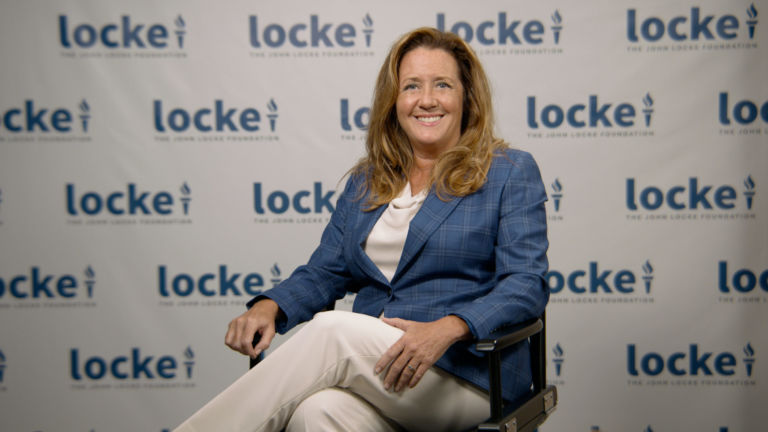Nate Hochman ponders at National Review Online the ongoing campaign to defund police.
It’s been a year since cities across America were swept up in the frenzy of decriminalization, decarceration, and leniency that followed last summer’s widespread Black Lives Matter protests. It’s been at least six months since the deadly fruits of those reforms — what the Atlantic described as “a crime wave unlike anything we’ve seen this century” — began to make themselves known. New York suffered a 97 percent increase in shootings from 2019 to 2020, and 2021 is on track to be even worse. As of June, 2021 had seen 52 children under the age of 15 shot in Chicago, with ten fatalities — up from three child deaths in the same period of the preceding year. Police morale is as low as it has been in decades; law-enforcement departments from New York to Portland report a spike in early retirements and significant difficulties with recruiting new officers.
In the face of all of this, the “defund the police” movement and its attendant talking points are even less politically plausible now than they were last summer. There was never widespread support for the concept, and it has only continued to become less popular over time: As of March, fewer than one in five Americans supported the movement. Among black voters and Democrats, support was at 28 and 34 percent, respectively.
But ideology can be a powerful drug. …
… Echoing many of their progressive peers, Sandman and Wilkes offer an alternative to “the police industrial complex”: “community ambassador programs that challenge the idea that maintaining law and order requires public safety officers to marshal lethal force.” Most Americans rightly reject this proposal. But the mix of historical ignorance and political naïveté that produced the movement continues to exercise a powerful influence over the way that the Left thinks about policing and crime.


